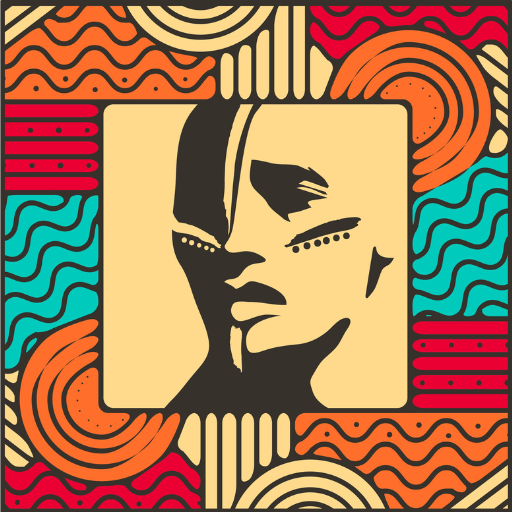Afrahouse
BEMBE KALUNGA HEAD
BEMBE KALUNGA HEAD
Impossible de charger la disponibilité du service de retrait
Kalunga Fetish Sculpture
Height: 32cm
Width: 11cm
Weight: 0.85kg
Certificate of Authenticity
2 large concave faces housing eyes carved in relief surmounting a hollowed out mouth. The head is supported by a cylindrical neck that widens at the base. These sculptures, produced in a variety of formats are inspired by the barn owl and represent the Kalunga spirit.
Condition:
Light patina mottled with Kaolin and residual clay. Small but stable cracks in keeping with age.
The Bembe ethnic group is an offshoot of the Luba who left Congo in the 18th century to settle near Tanzania and Burundi. Bembe society and artistic styles are influenced by the neighbouring ethnic groups in the Lake Tanganyika region like the Lega, the Buyu and others.
The Buyu people inhabit a small area between the Lualaba River and the northwestern end of Lake Tanganyika in eastern Democratic Republic of the Congo. This region, marked by frequent population shifts, hosts a mix of ethnic groups including the Buyu, Lega, Bembe, Bangubangu, and Binji, who all primarily engage in hunting. This shared activity has fostered cultural exchanges and population mobility.
Over the past 70 years, the expansion of the Bembe has led to the decline of the Buyu population and the erosion of their culture. Of the six Buyu clans, three are particularly noted for creating male and female ancestor figures, representing revered chiefs who led migrations, founded villages, or provided exceptional leadership.
The Buyu practice ancestor worship and nature spirit veneration. In times of misfortune, they seek guidance from their ancestors through dreams or divination. They create statues to immortalize their chiefs and ancestors, characterized by a massive head, cylindrical torso, square shoulders, and distinctive facial features including a triangular face, arched eyebrows, and an angular chin. These statues are stylistically similar to those of neighboring groups like the Holoholo, Binji, and Bangubangu, making it difficult to distinguish between them.
These figures are kept in small huts and displayed in groups of five to seven. Believed to have both beneficial and malefic influences, they are central to rituals and offerings. Hunters, before setting out, rub their weapons with white clay at these shrines and offer trophies after a successful hunt. Some bust figures are also placed outside ancestor shrines, either in the village or the forest.
Dimensions
Dimensions
Matériaux
Matériaux
Wood, Pigment
Expédition & retours
Expédition & retours
Expédition
- Les commandes sont traitées en 2 à 3 jours ouvrés
- Temps de livraison estimé
Domestique - 2 à 3 jours ouvrés
Europe & USA - 2 à 4 jours ouvrés
Dans le monde entier - 3 à 9 jours ouvrés
- Les frais de livraison sont calculés et affichés à la caisse.
- Coursiers - Royal Mail, UPS et DHL
- Ramassage local disponible
- Politique d'expédition
Retour
- L'acheteur peut retourner ou échanger un article
- L'acheteur doit retourner l'article dans les 30 jours suivant la collecte ou la livraison.
- Politique de remboursement
FAQ
FAQ

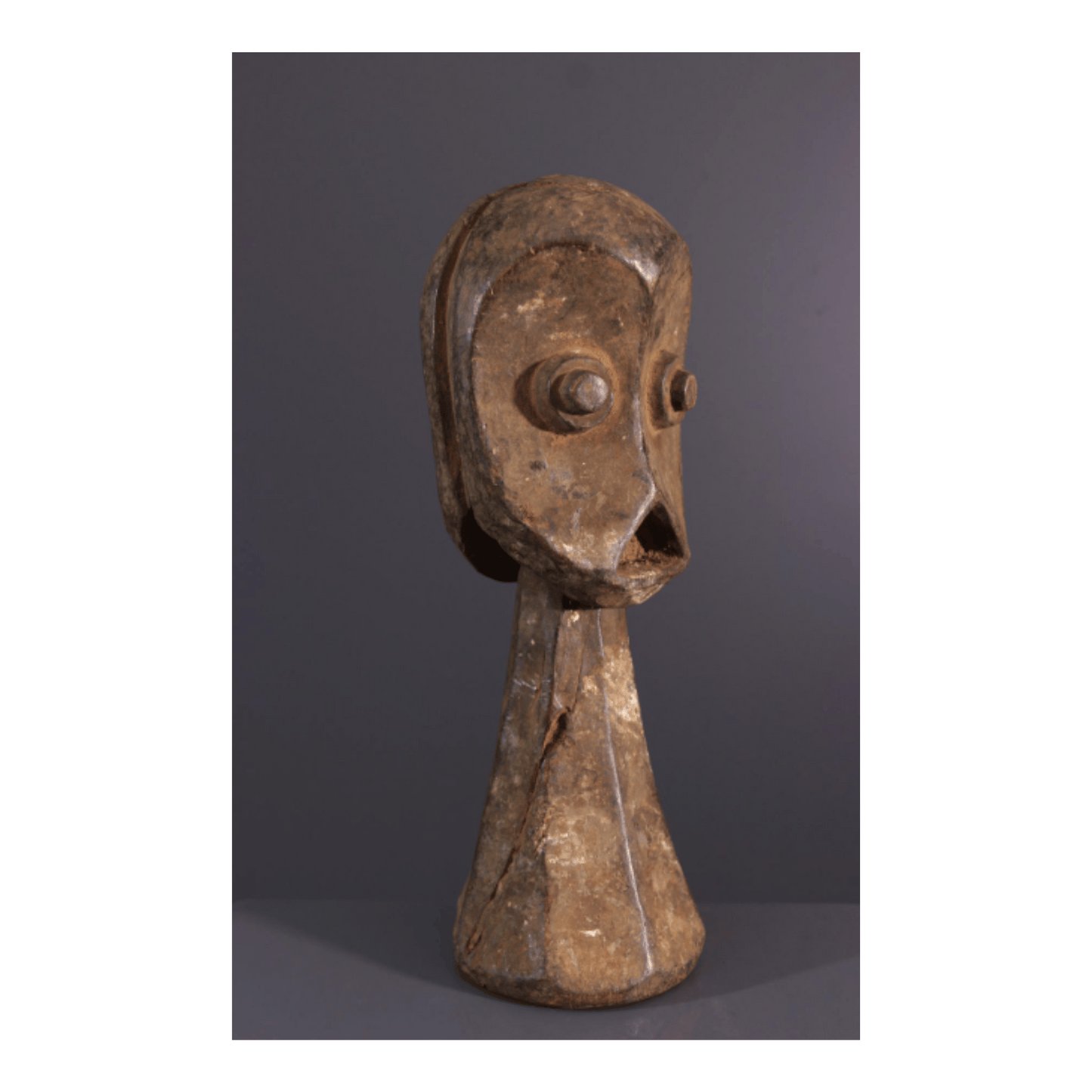
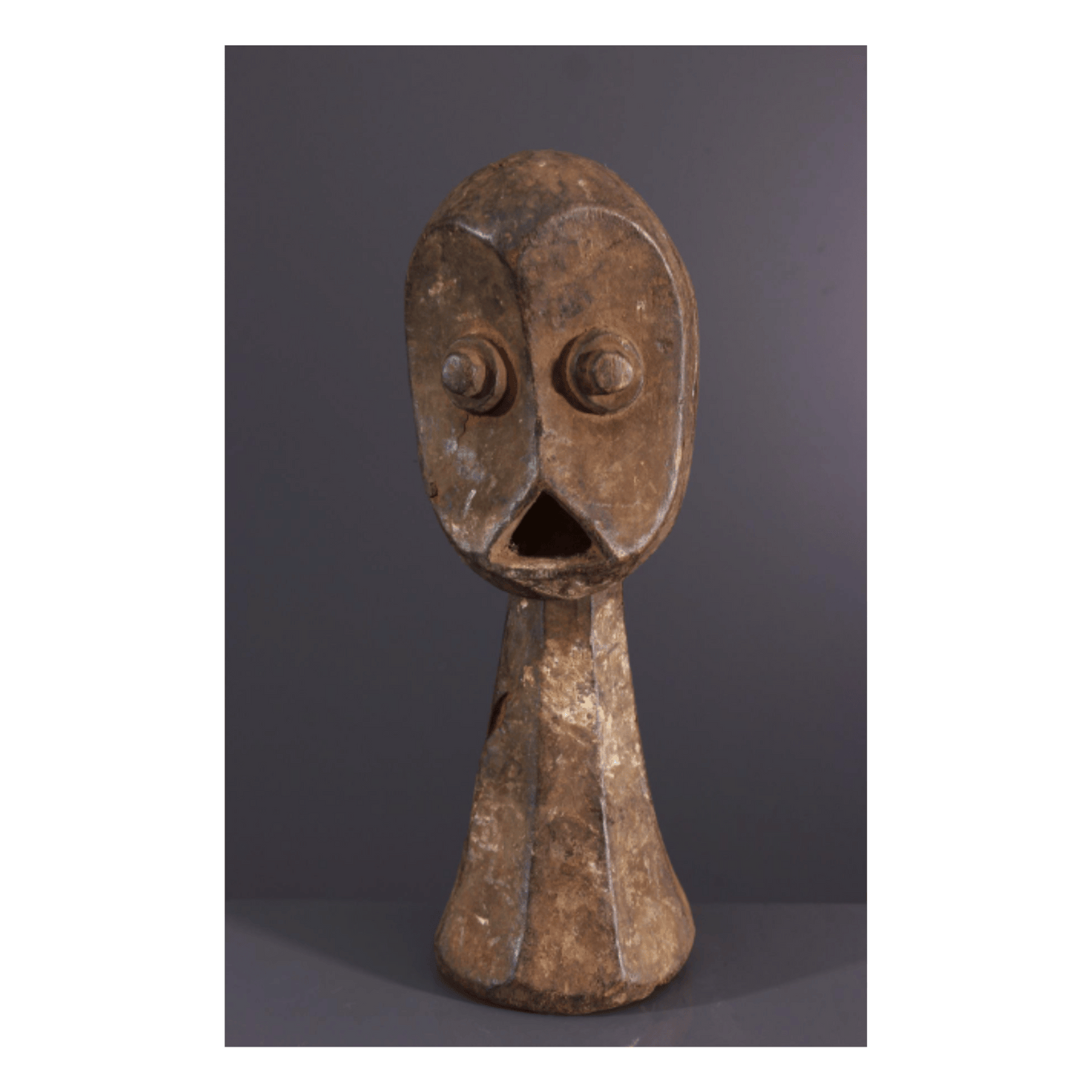
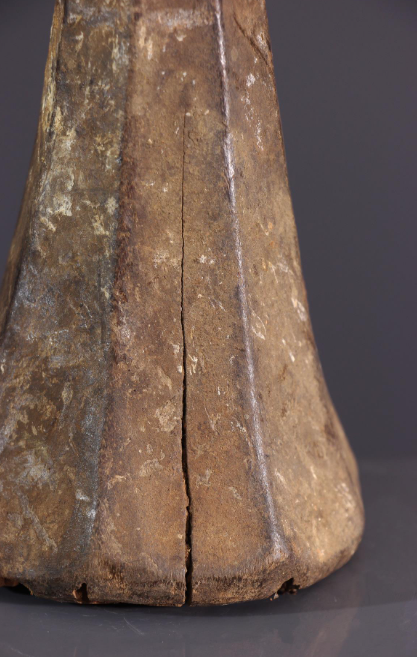
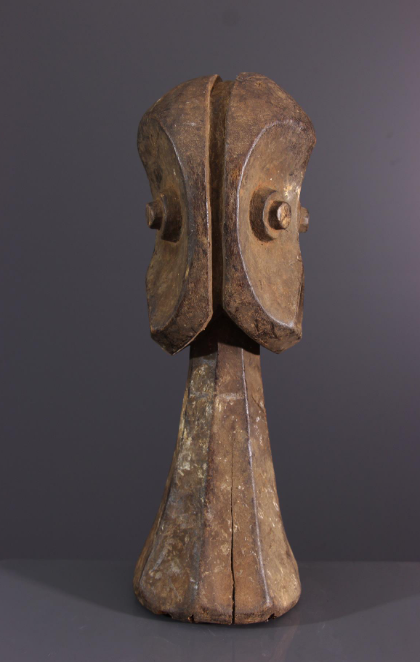
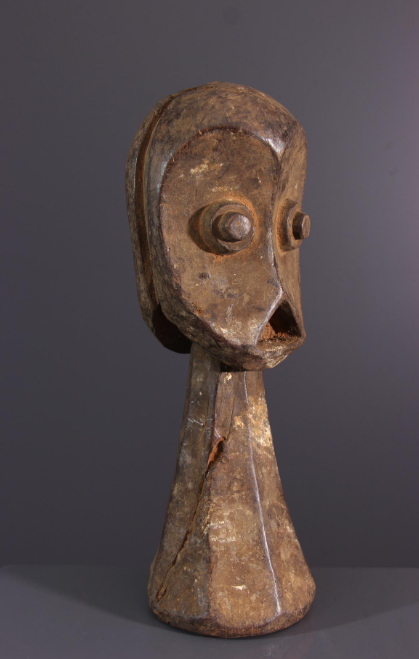
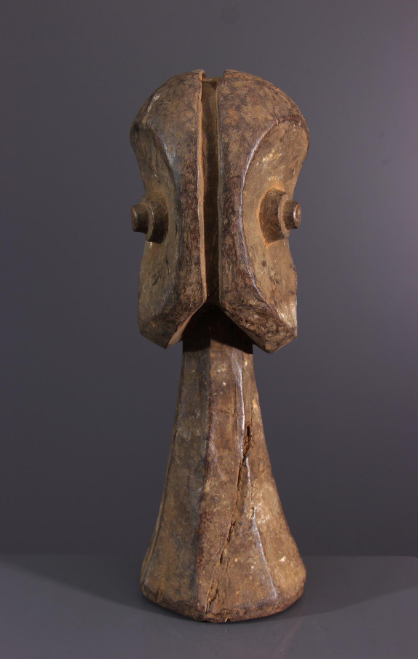
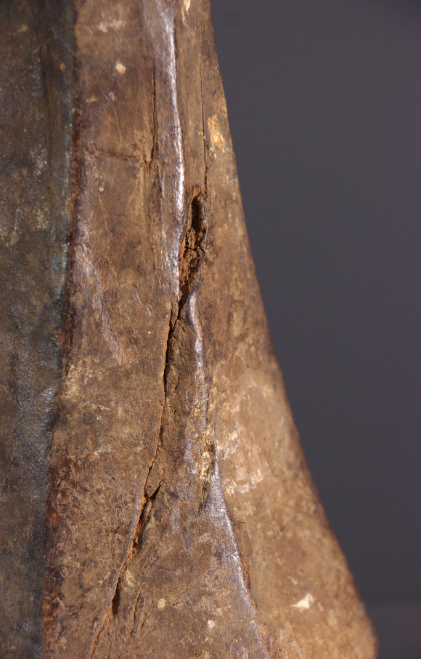
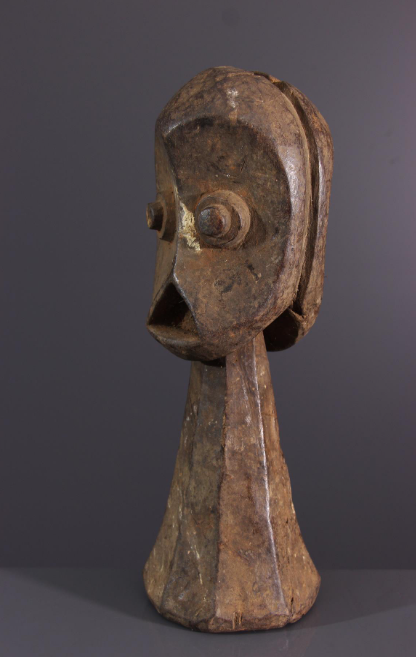
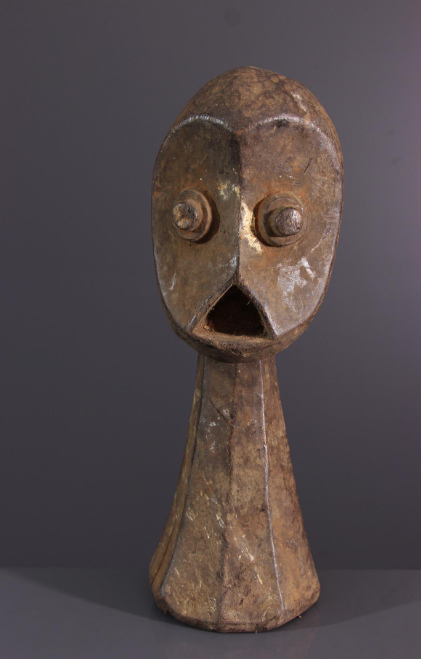
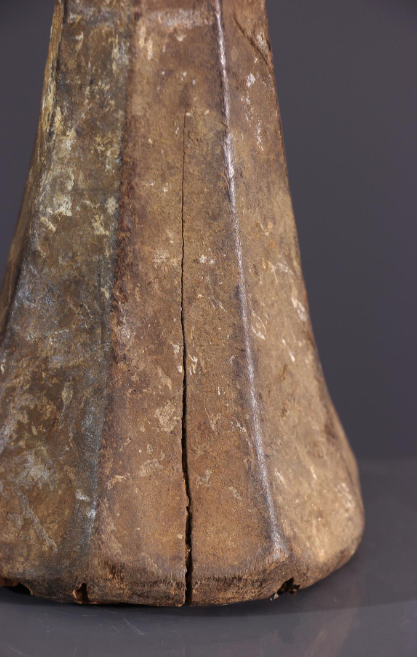
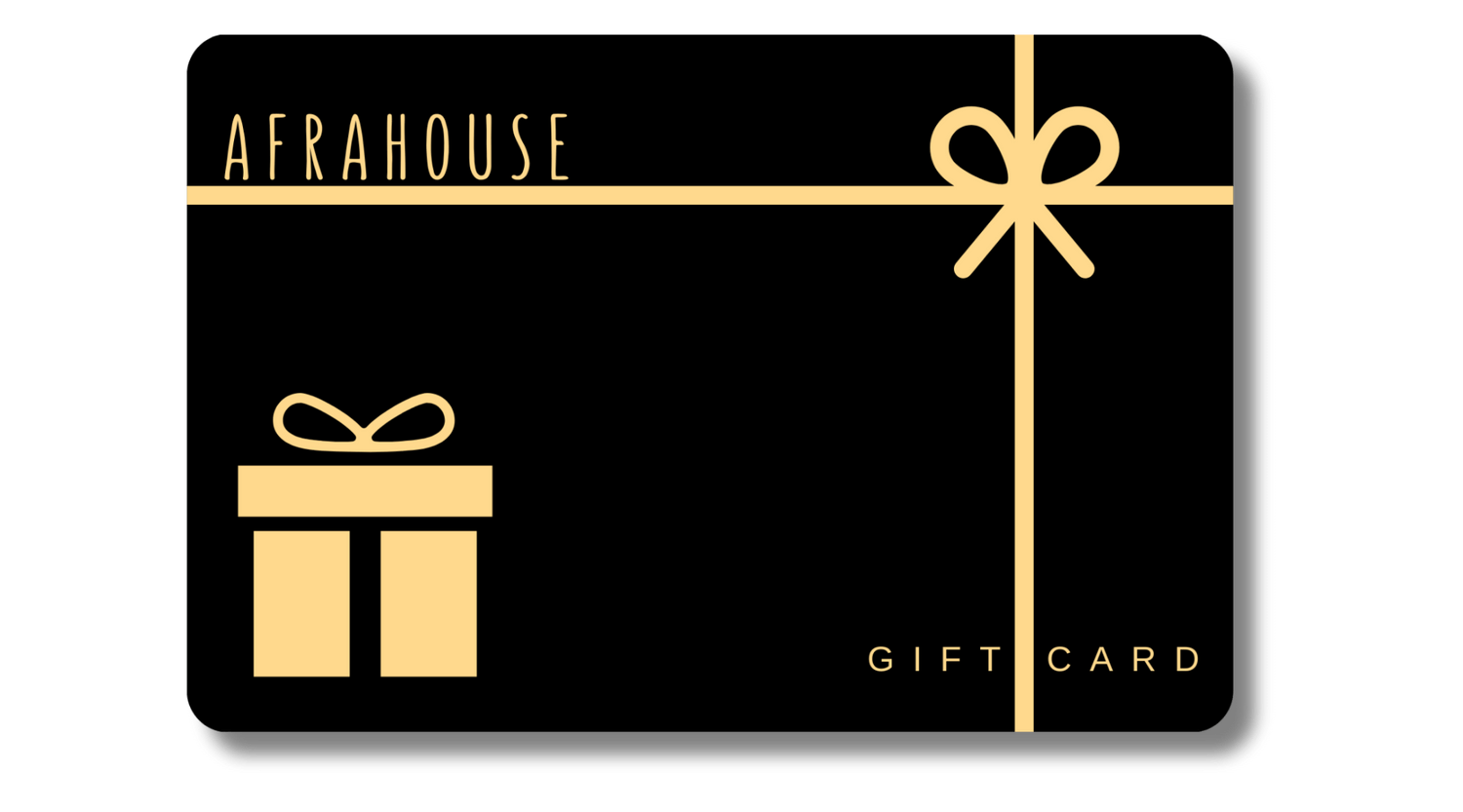
Carte cadeau Afrahouse
Faites plaisir à vos proches avec la liberté de choisir parmi une sélection organisée d’œuvres d’art et de trésors culturels africains. Offrez aujourd’hui l’art africain
